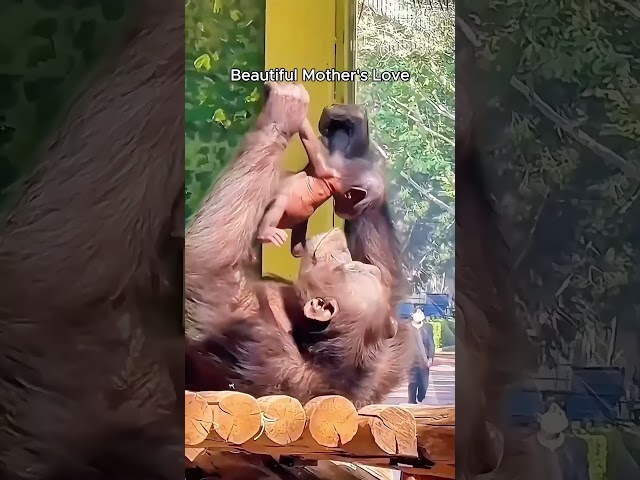In the village playground, laughter rang through the air as children gathered under the shade of a large mango tree. At the center of the fun was Bobo, the smartest monkey anyone had ever met. With bright eyes and quick hands, he was not only playful but surprisingly clever, making him the children’s favorite playmate.
Bobo had learned all sorts of games by watching the kids. He could toss a ball with uncanny accuracy, making even the older boys work hard to catch it. When they played hide-and-seek, Bobo always found the trickiest hiding spots — once even curling up inside an empty basket without making a sound.
He loved mimicking the children, copying their jumps, claps, and silly faces. The younger kids squealed with joy when he pretended to “lose” a race, stumbling dramatically before letting them win. But when it came to solving puzzles or stacking colorful blocks, Bobo showed his true intelligence, carefully arranging them in perfect towers while the children watched in awe.
Sometimes, he would use little “tools” he found — a stick to roll a toy car closer, or a leaf to scoop water from a bucket. The kids were amazed at how he seemed to think before acting, as if he were planning each move like a person.
The playground was always livelier when Bobo was around. He never grew tired, moving from game to game, making sure every child had a turn. When the sun began to set, he would climb onto the mango tree’s lowest branch, watching as his friends waved goodbye. For the children, Bobo wasn’t just a monkey; he was a friend, a teacher, and the smartest playmate they could ever imagine.























